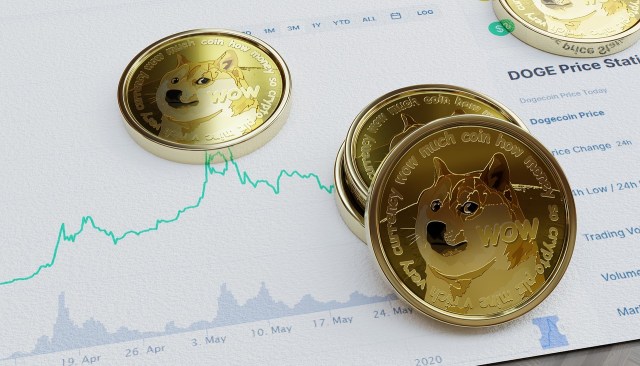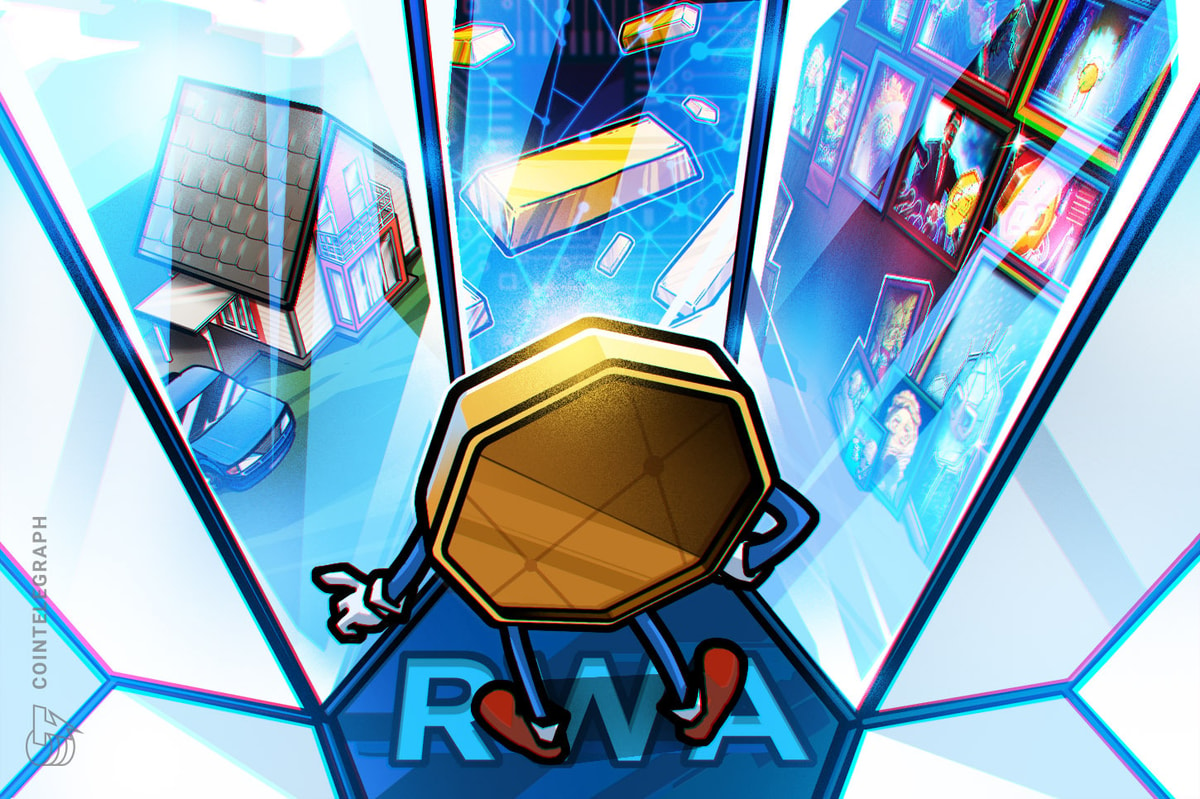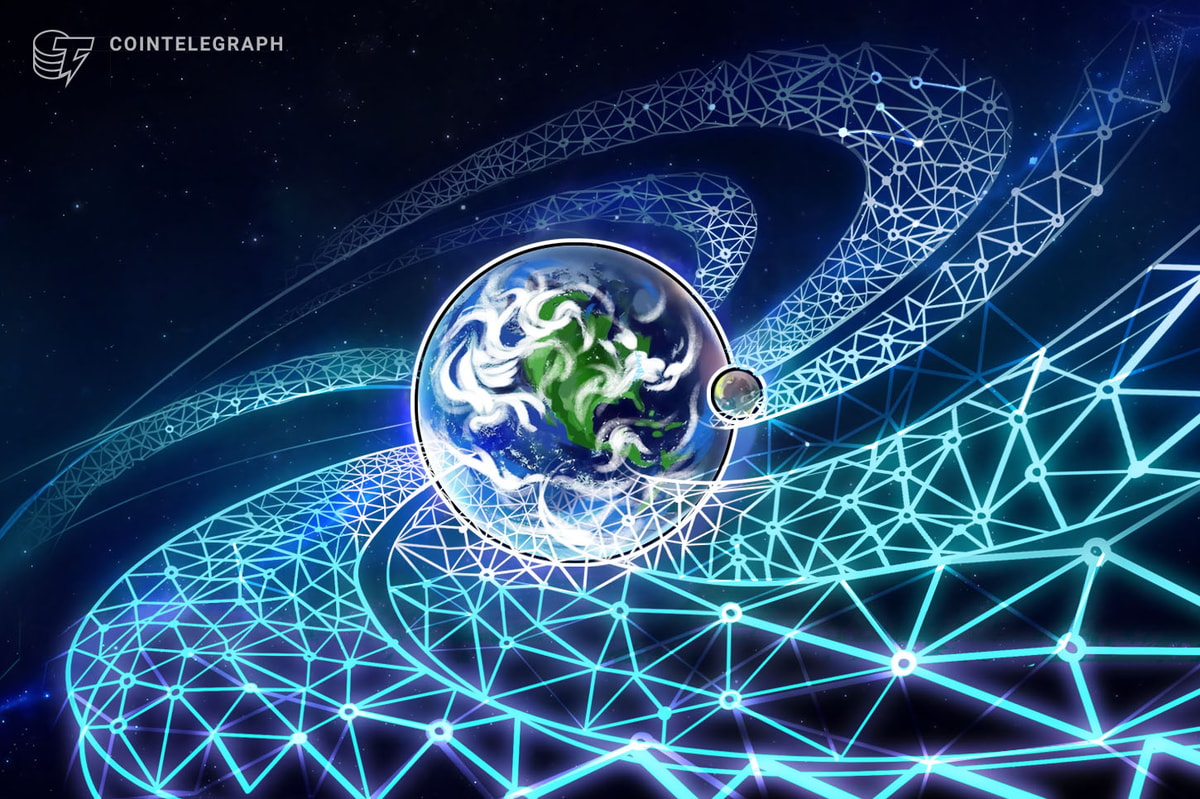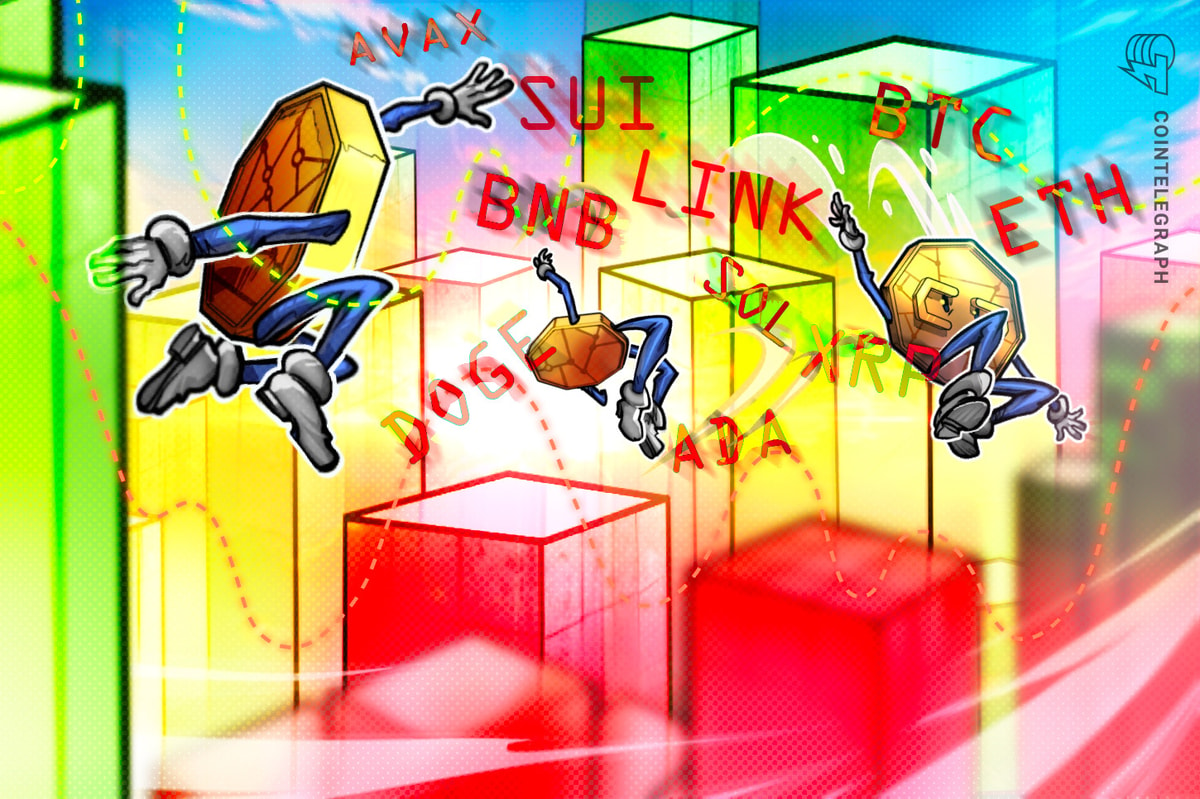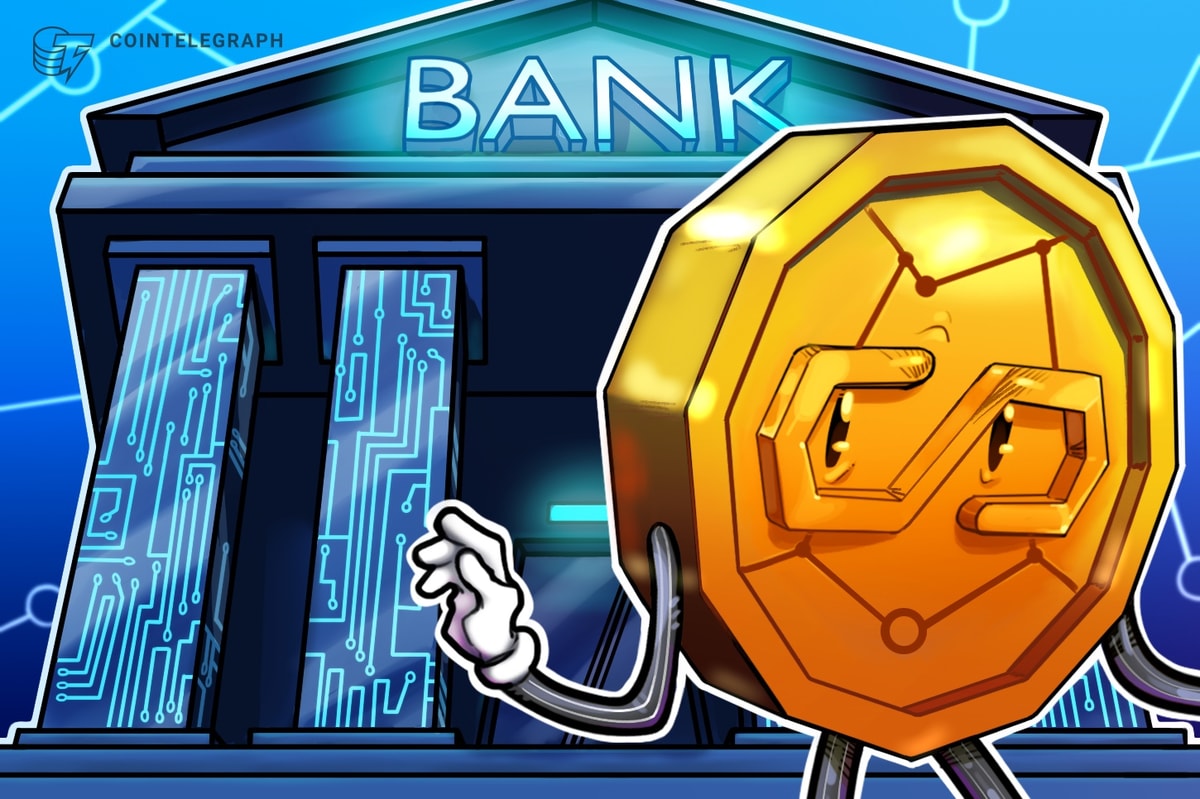Ethereum layer-2 scaling protocol Starknet will begin distributing its native network token on Feb. 20, with Ethereum stakers among the recipients of STRK tokens.
Information shared with Cointelegraph highlights that around 1.3 million wallets will be eligible to claim Starknet’s native token, including those of Ethereum solo and liquid stakers, Starknet developers and users, as well as projects and developers from outside the Web3 ecosystem.
Starknet is among Ethereum’s major L2s that pioneered zero-knowledge rollup (ZK-rollup) technology. The protocol allows transactions and smart contract functions to be processed off-chain, with cryptographic proofs submitted to Ethereum to access the security guarantees of its underlying blockchain.
The Starknet Foundation has published an outline of its token provision alongside the launch of a dedicated portal that allows individuals to check if they are eligible to receive STRK tokens. More than 700 million STRK tokens are set to be allocated across nine categories.
Related: More TPS, less gas: Ethereum L2 Starknet outlines performance upgrades
StarkWare co-founder and CEO Eli Ben-Sasson says that its token provision will aim to prioritize Starknet users, contributors and developers first and foremost. He also confirmed that ecosystem participants will use the tokens for governance, paying fees while their use for staking is planned in the future.
“The tokens it offers act as resources or ‘provisions’ for individuals who are either continuing their journey with Starknet or just starting out. This journey with Starknet may include a variety of activities such as experimenting on the network, building applications, making transactions and eventually participating in staking,” Ben-Sasson explains.
The StarkWare co-founder adds that the distribution of tokens is primarily aimed at supporting users in engaging and contributing to the network.

Starknet builders and users are automatically eligible based on verifiable past activity, including users of popular decentralized applications (DApps) running on Stark-based technology.
“Members of the community have been battle testing Stark-based technology since StarkEx went live in 2020, and we’re glad that many of those who interacted with StarkEx-powered DApps like dYdX, ImmutableX, Rhinofi and Sorare are being recognized today,” Ben-Sasson said.
Ethereum community members are also set to be benefactors, including Protocol Guild contributors, Ethereum Improvement Proposal authors and developers. Ethereum solo stakers and liquid staking token users will also be eligible to claim, including Ether (ETH) stakers that locked up tokens before and after the Merge in 2022.
Related: Ethereum L2 Starknet aims to decentralize core components of its scaling network
Starknet also apportions tokens outside the blockchain ecosystem for open-source developers, mainly based on GitHub project contributions. Starknet Foundation CEO Diego Oliva said the aim is to promote a culture of inclusivity within the wider development space:
“This technology is new and potentially impactful for applications across industries, and many leaders in related technological spaces deserve to have a stake in what’s to come.”
The team has also cautioned prospective token recipients to be wary of airdrop scams. In December 2023, scammers looked to take advantage of a purported leak of details of the Starknet provisions portal on social media.
StarkWare and the Starknet Foundation are also set to distribute a 10% cut of network fees to developers, a part of a pilot program called “Devonomics.” DApp builders are set to provisionally receive 8% of network fees, while 2% will go to infrastructure engineers and core developers through a transparent and open voting process.
Magazine: Here’s how Ethereum’s ZK-rollups can become interoperable







